I find the major, capital cities of Europe (Paris, Rome, Madrid, Athens to name a few) to be chaotic and poisoned with large tour groups, but I had a slight feeling that Sofia and Plovdiv would be different. I was right. We loved Bulgaria’s largest, capital city of Sofia. The second largest city of Plovdiv wasn’t so bad either.
Slovenia’s capital Ljubljana was adorable and quaint, but lacked the “big city life” feel. Due to drab reviews, we passed on Croatia’s capital Zagreb. Montenegro’s capital Podgorica was simply depressing, playing on the stereotype of the gray and sterile post-Communist era of Eastern Europe. Albania’s capital Tirana was a step up from Podgorica, but aside from the amazingly cheap prices we still sensed an aura of darkness. Bulgaria’s capital Sofia was none of that.
Like the more famous Western European capitals, “big city life” thrives in Sofia. Countless modern and trendy restaurants, ice cream shops, boutique shops, bars, cafes, and malls line the streets, but literally at half the cost of everything else in Western Europe. When I stumbled upon a boutique cupcake shop, I was surprised that each cupcake was only 2.70, but then I remembered the price was in Bulgarian lev, which meant it was actually half that–€1.35. Sofia was full of friendly people. It was modern. Chic. Clean. Of high European standard and quality. But with Southeast Asian prices.
Just as how the Eiffel Tower draws tourists all over the world to Paris, the cake-like Alexander Cathedral drew me to Sofia. I had seen its grandiose scale and design in photos, and I knew seeing it up close in person would wow me to no end. They even rolled out the red carpet for us upon our arrival: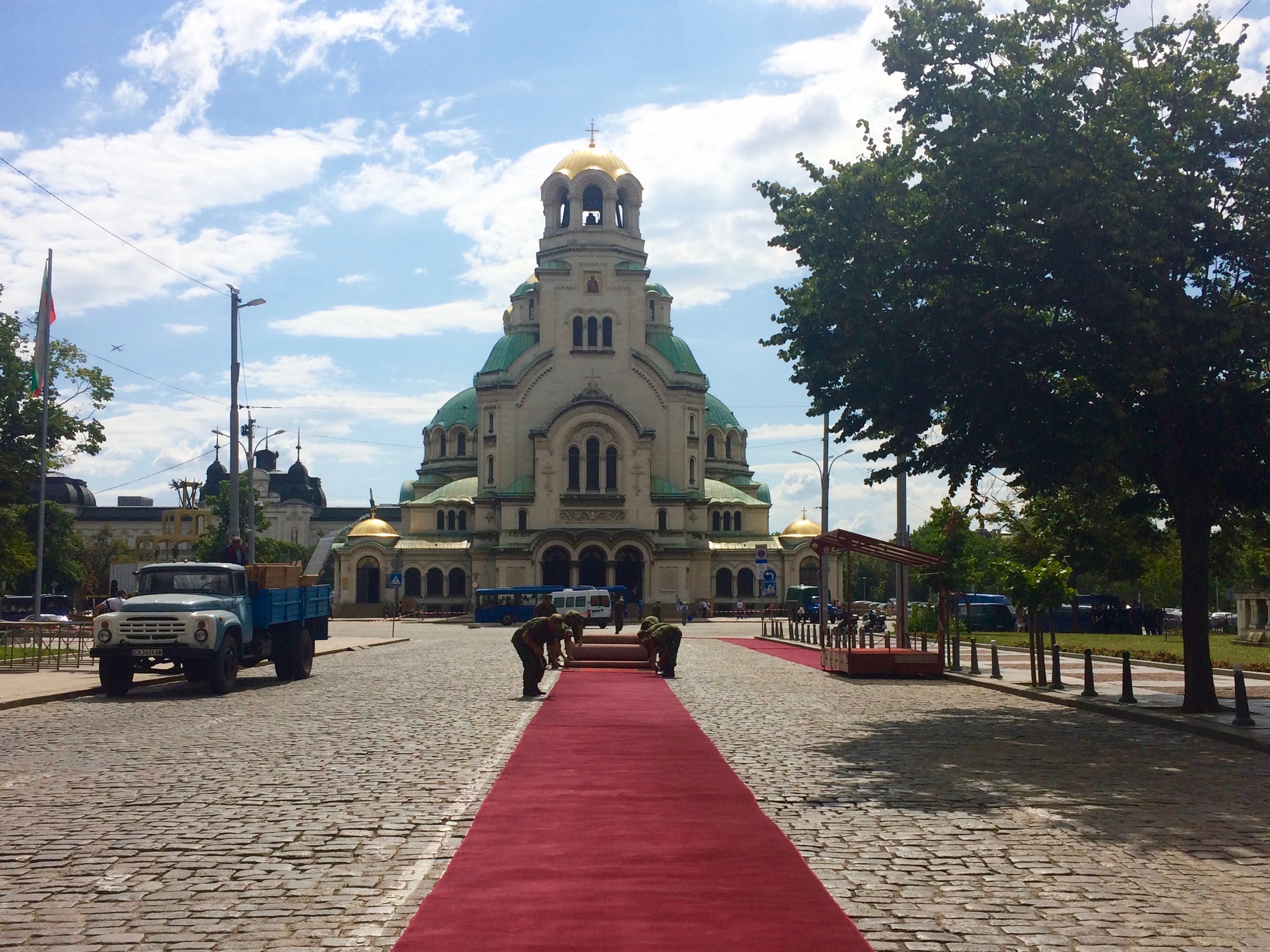
Just kidding. We arrived just as a major event with the Israeli prime minister concluded. This meant the entire cathedral, inside and out, were completely empty. Even after all the important people packed up and left, there were no tour buses, no tour groups, no flag-waving leaders, and no selfie sticks. We were able to enjoy a monumental site the way they should be enjoyed–without shoving crowds, noise, touts, and scammers.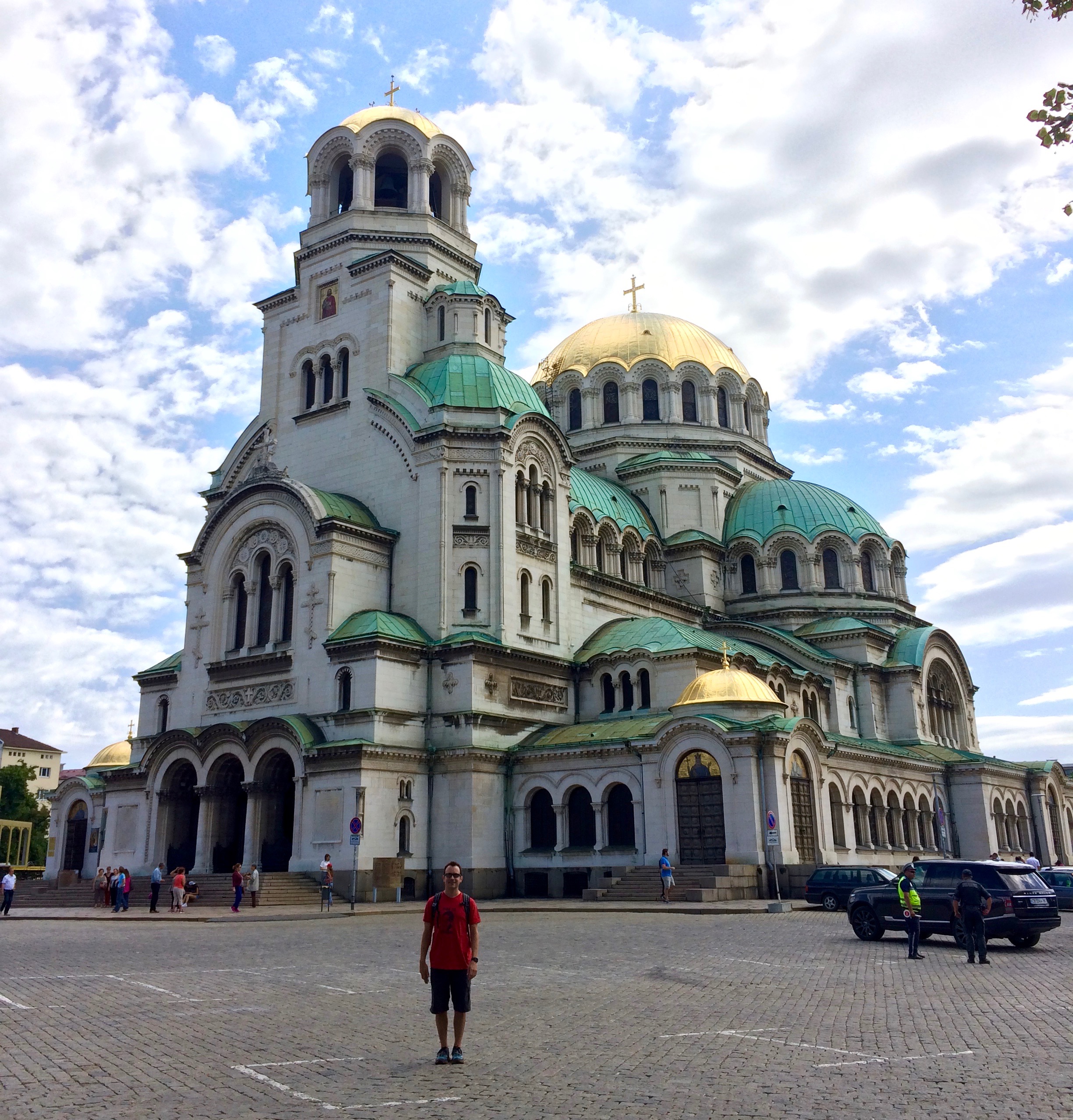
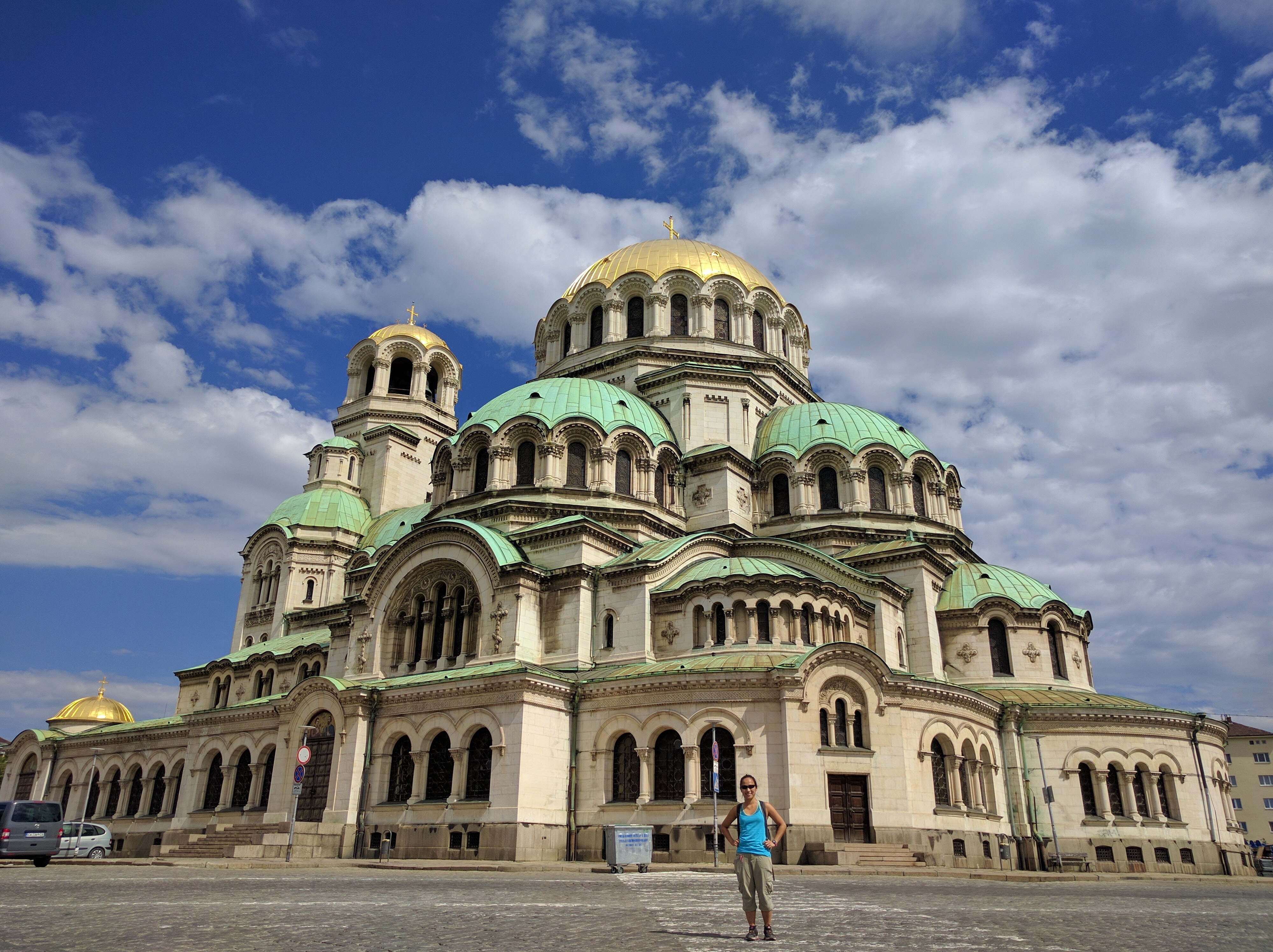
In addition to the Alexander Cathedral, we walked by other historic buildings of significance in Sofia. These included:
The Ivan Vazov National Theater: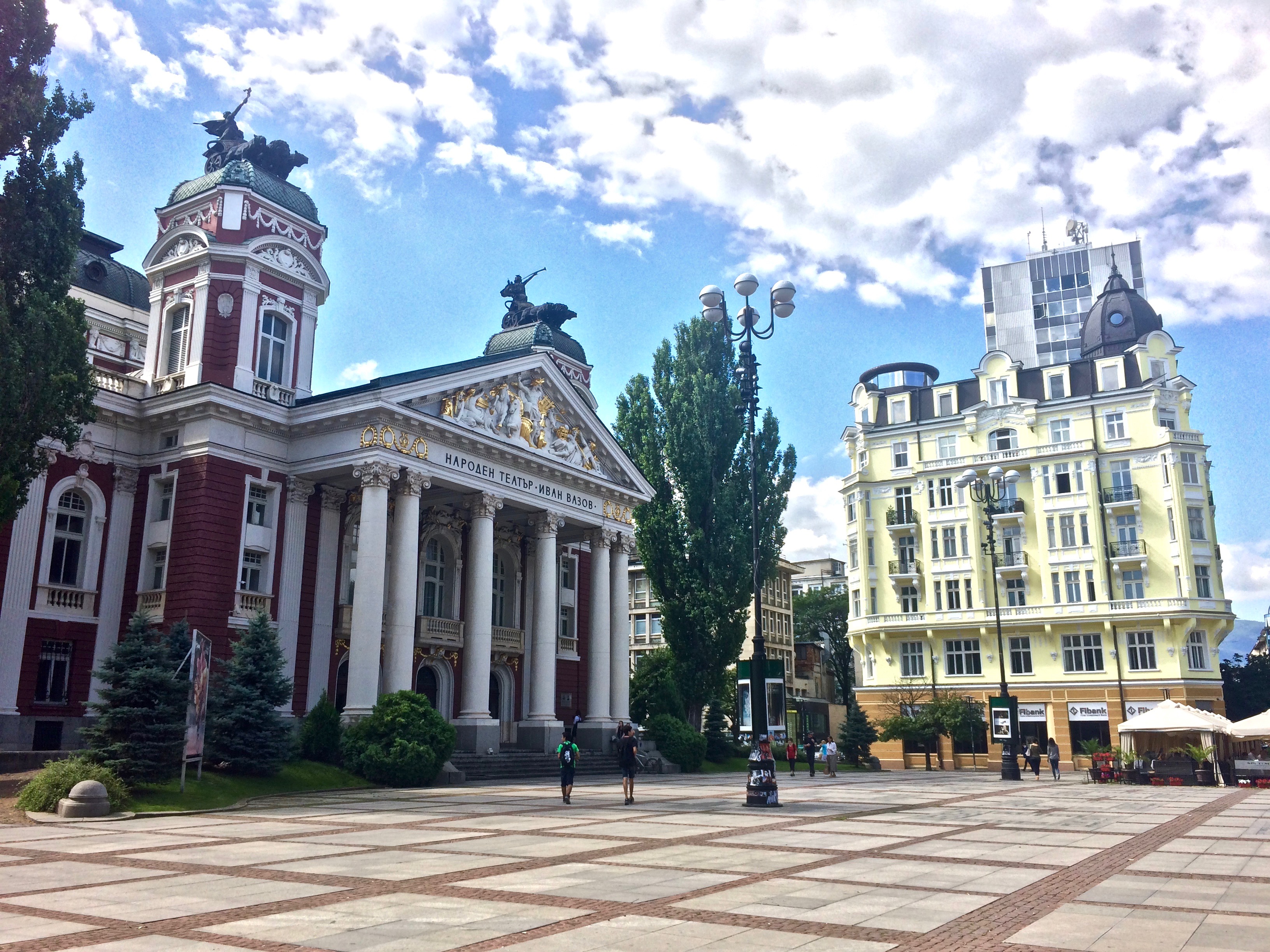
St. Nicholas the Miracle-Maker, a Russian Orthodox church: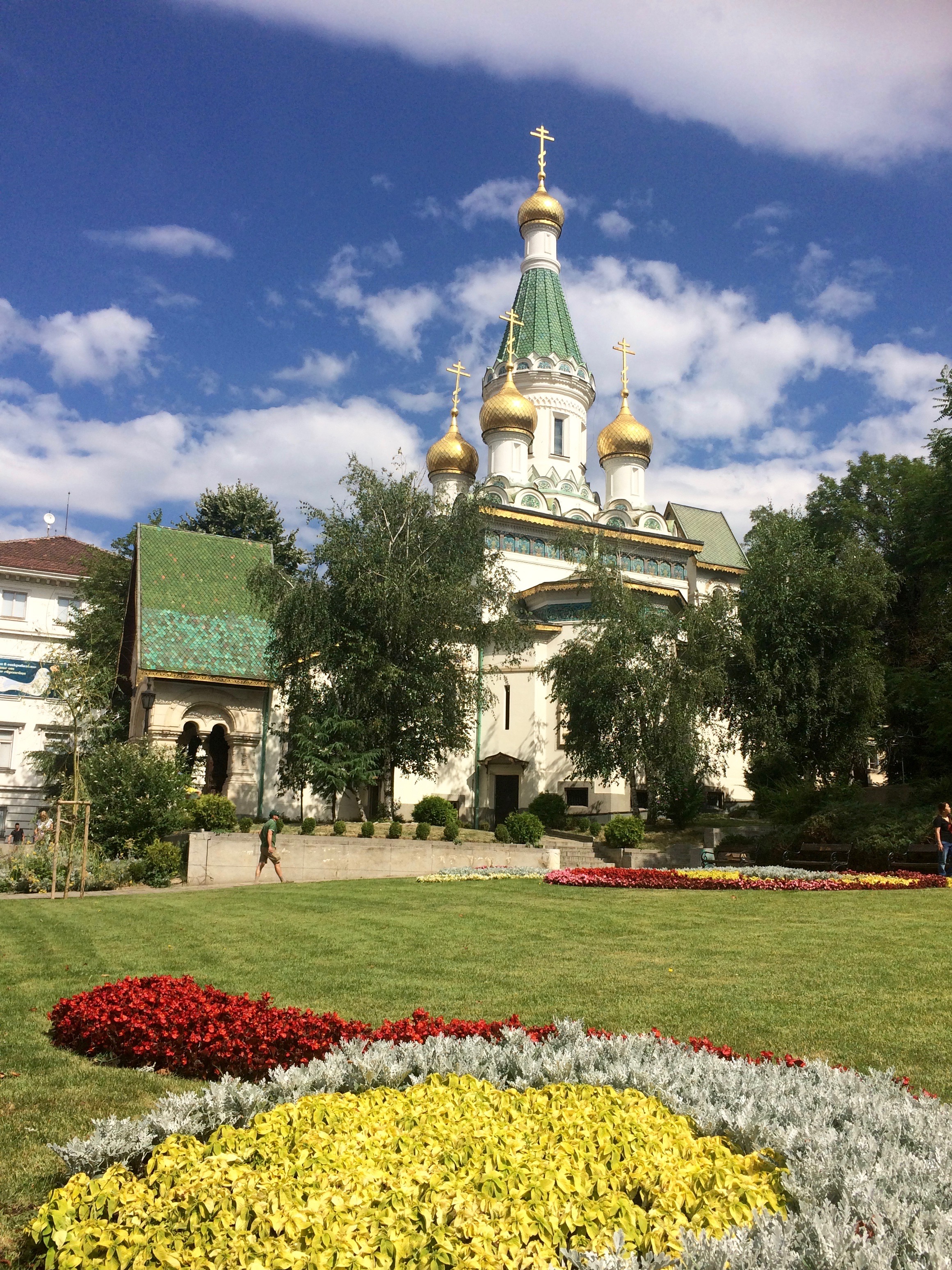
Like in Athens, we even stumbled across recently excavated ruins that were discovered upon construction of a subway system (with the Banya Bashi Mosque in the distance):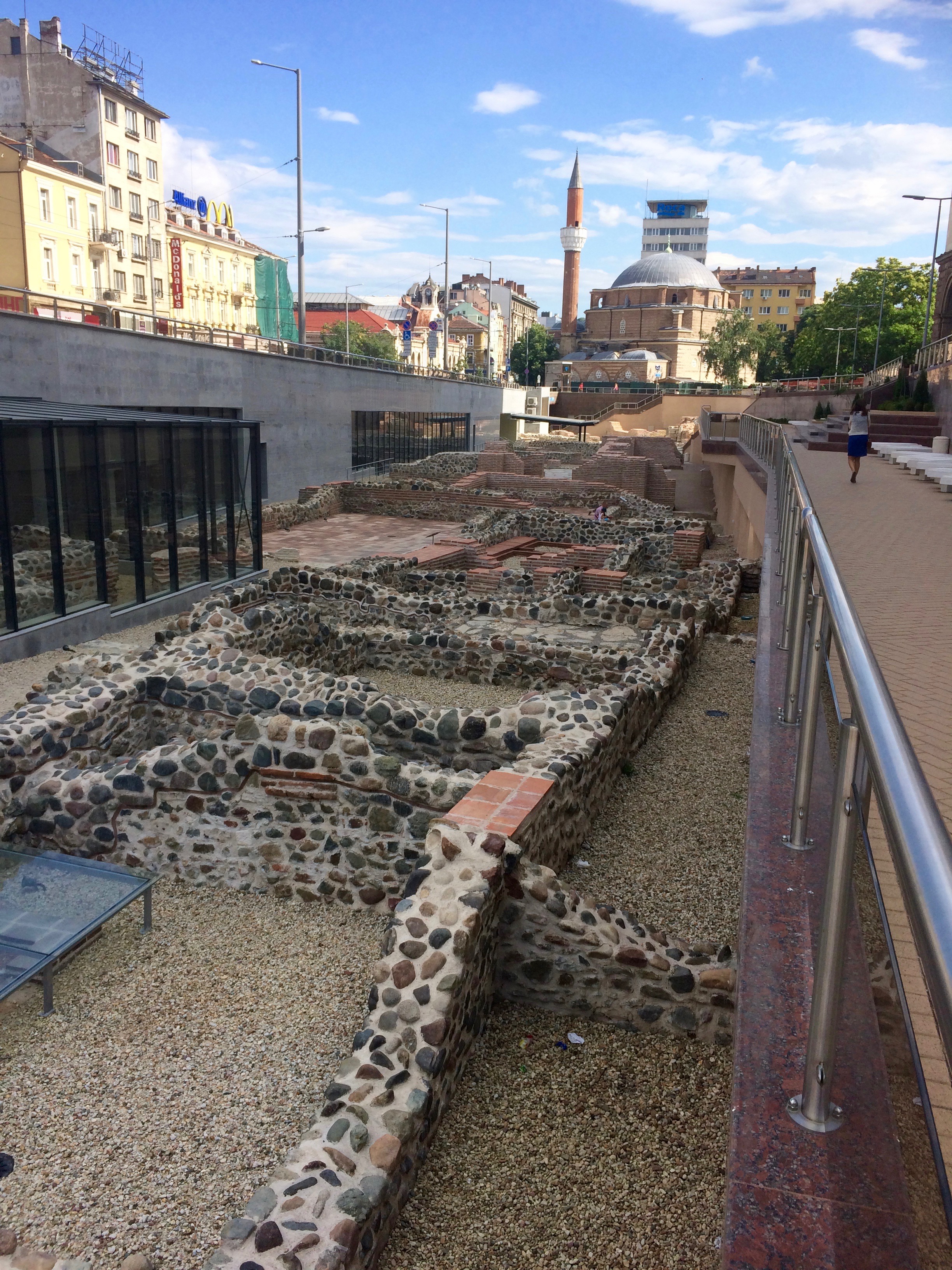
We could have easily stayed in Sofia for a while to soak in the wonderful restaurant and cafe culture, but we were on a schedule and continued our journey east toward the Black Sea. But first, a stop in Plovdiv.
Like modern Sofia, Plovdiv also had a lively cafe and restaurant scene. Lively, outdoor cafes, trendy music drifting from bars, you get the idea. Even as Bulgaria’s 2nd largest city, the population is still quite small by big city standards: over 300k within the city and about 500k within the urban area. This gave the modern and historic city a quaint feel to it. To my delightful surprise the city even hosted “Singing Fountains,” a water and music show that I’ve only seen in the huge cities of Las Vegas, Dubai, and Lima. We only enjoyed the water show briefly, as mosquitos there ate us alive.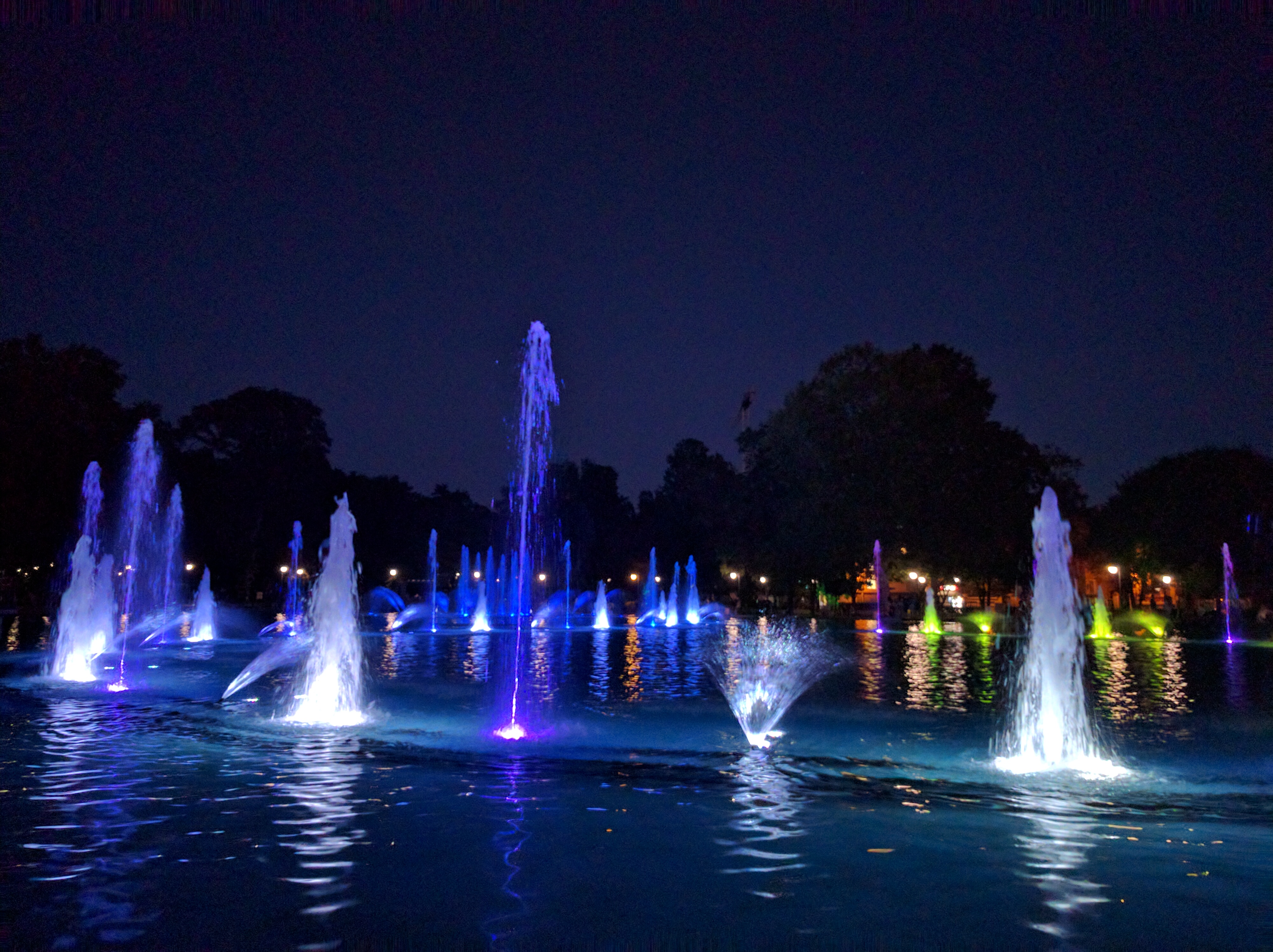
Plovdiv is mostly known as “The City of Seven Hills.” This picture was taken from the Nebet Tepe Hill in the old city.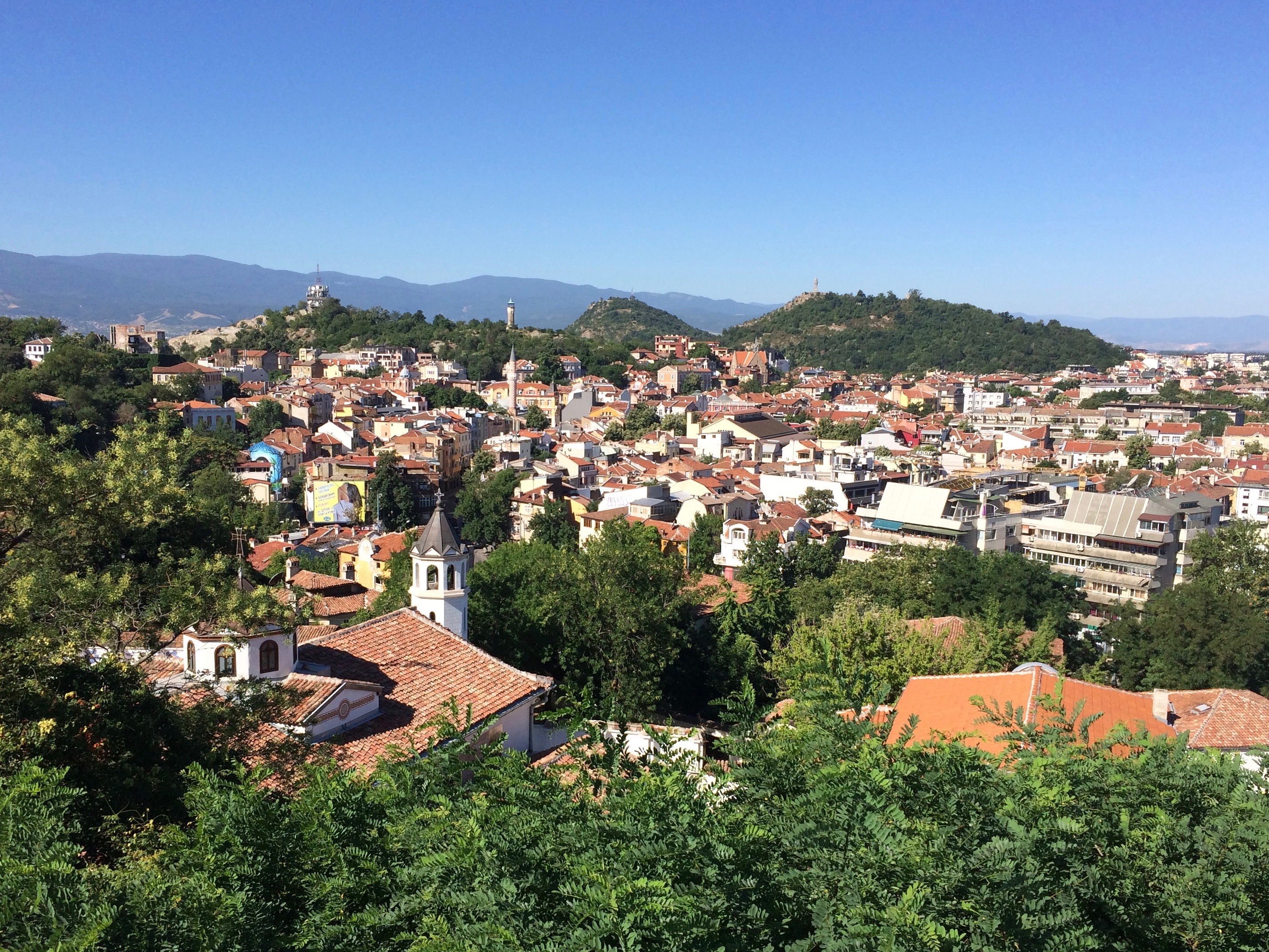
The city’s main attractions include an old city with narrow, cobblestone walkways. It was tiny; it didn’t take long to walk through it all. By this point, I had already seen too many quaint, narrow, cobblestone walkways within old cities, but the buildings here carried a Eastern European charm.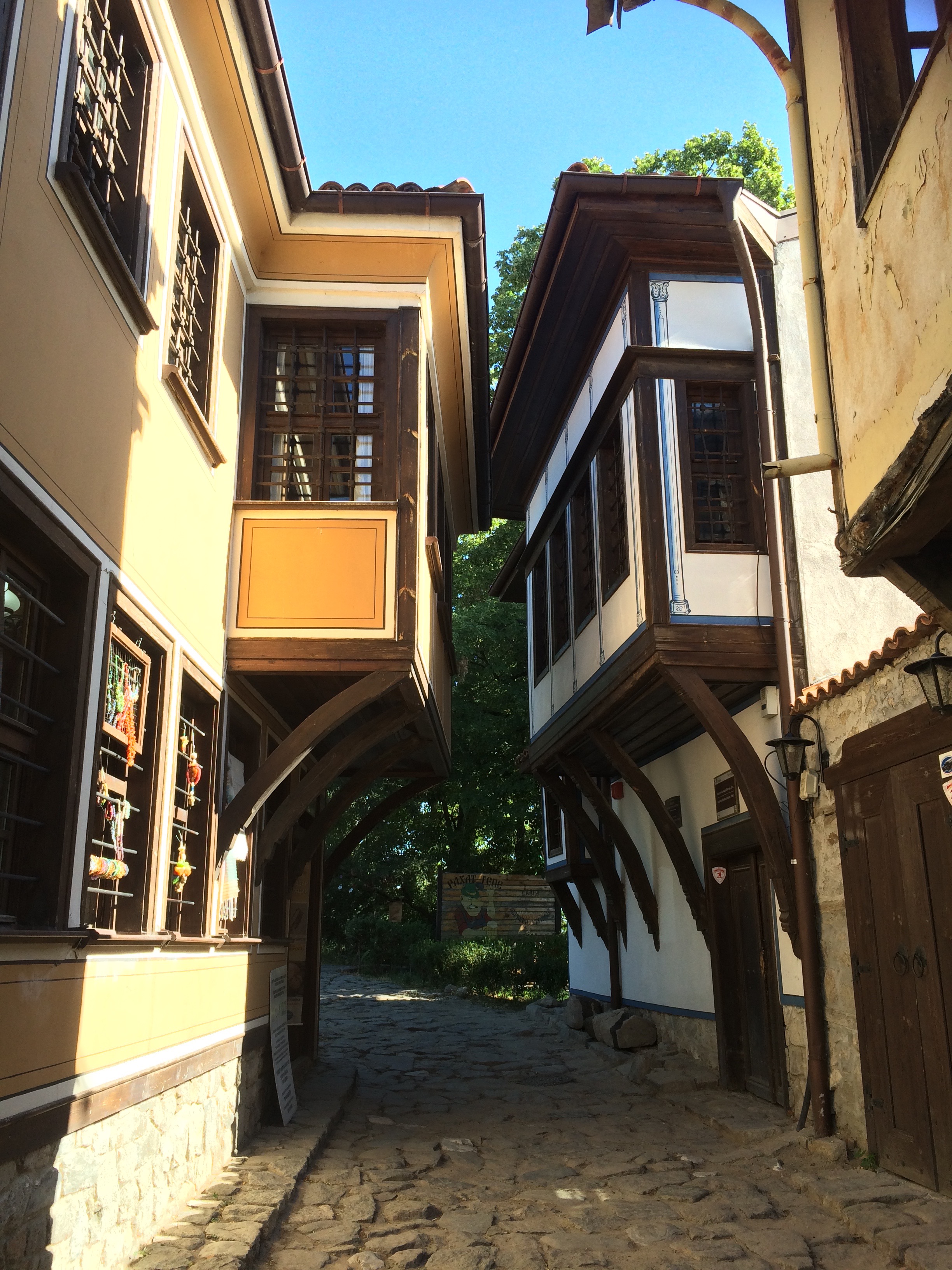
And more well known are the ancient Roman ruins, with the most notable being the Roman theater and odeon. Much has been renovated, as it hosts live performances and shows today. There was a fee to enter, so I viewed the theater just fine from outside.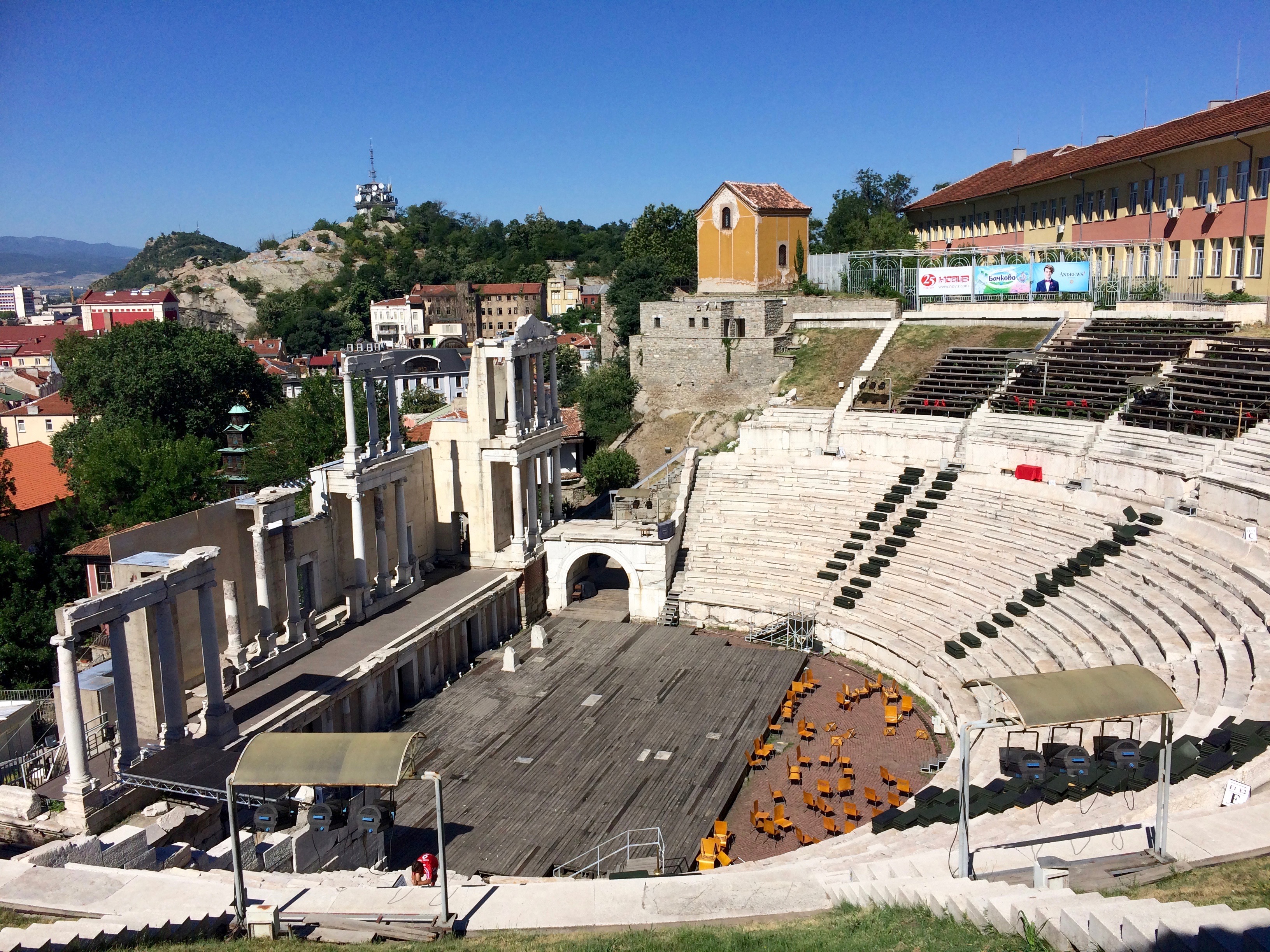
I should also mention that every Bulgarian we interacted with showed extreme kindness, whether or not they spoke English. We even stopped by a small auto shop in Plovdiv when one of our headlights fell off, and they happily fixed it. When we asked to pay, the men simply smiled, waved, and said, “Ciao!” Even after we insisted to hand over cash, they continued to smile and gestured we were done there. Amazing. In contrast, Moroccan citizens kept running up to us to give us useless advice just for the opportunity to demand a measly “tip.” Psh.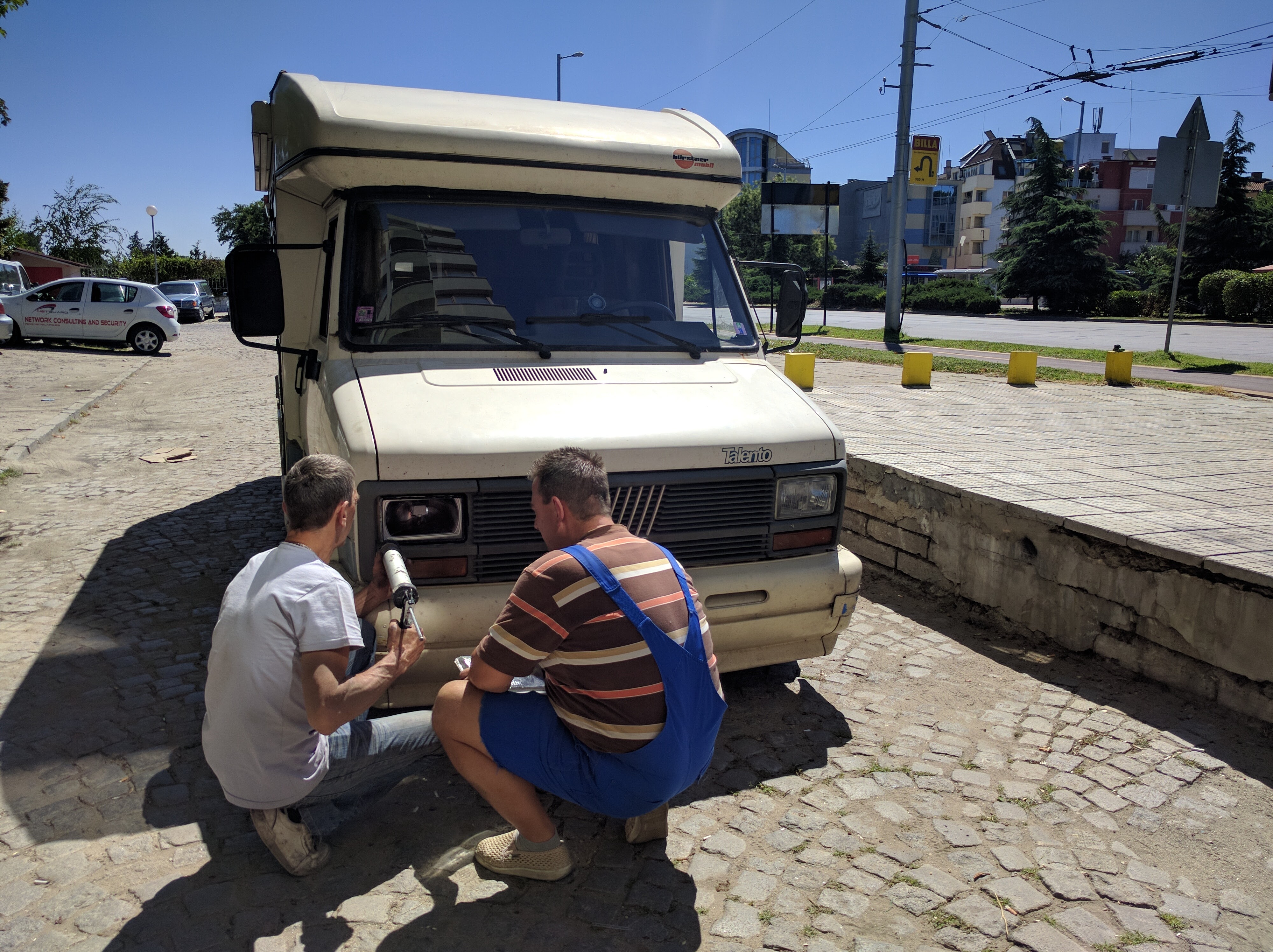
Generally speaking, I found Bulgaria’s cities to be bangin’. There were enough historical sites mixed in with the modern day fare to captivate both locals and tourists. Best of all, nothing was fabricated for tourists, and the people were incredibly kind. It was about as authentic as a European city should be.

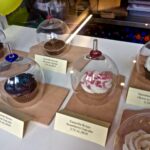

So glad that you had a wonderful time in Sofia and Plovdiv, and that you have shared your experience and pictures. Bulgaria isn’t on most people’s itinerary, but it is full of great places and people.